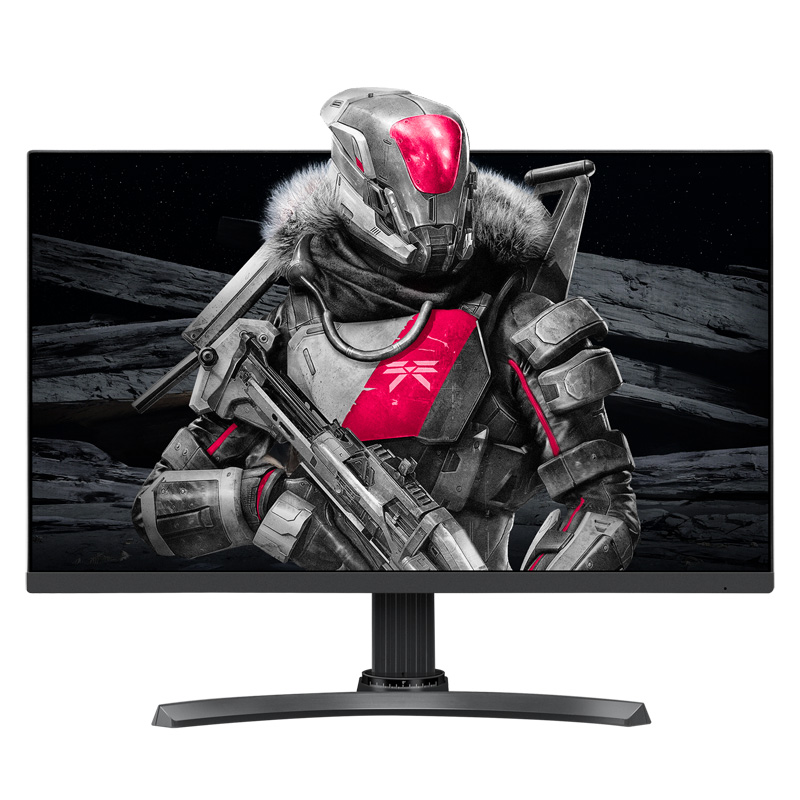What kind of gaming monitor do you need to play games?
2023-09-15
A gaming monitor can significantly enhance your gaming experience compared to a regular monitor. Here are some key factors to consider when selecting a gaming monitor:
Size: Generally, a larger monitor provides a more immersive gaming experience. Screen sizes between 24 to 27 inches are ideal for most people.
Resolution: Resolution is the number of pixels the monitor can display. Higher resolution displays provide clearer and more detailed images. For gaming, a 1080p (Full HD) or higher resolution is ideal.
Refresh Rate: Refresh rate is the number of times per second the screen refreshes the image. Gaming monitors should have a refresh rate of at least 120Hz to prevent blurring and ghosting.
Response Time: Response time is the amount of time it takes for a pixel to change color. A fast response time (between 1-5 ms) helps prevent motion blur or ghosting.
Panel Type: Gaming monitors should have a fast-response panel (such as TN or IPS) to provide a smoother gaming experience.
Adaptive Sync Technology: Adaptive sync technology synchronizes the monitor's refresh rate with the frame rate output from the graphics card, providing a smoother and more responsive gameplay experience.
HDR: High Dynamic Range (HDR) monitors offer a wider range of color and brightness than standard monitors, providing a more realistic and immersive gaming experience.
Price: Gaming monitors come in a wide range of prices, from budget-friendly to high-end. It is important to consider your budget when selecting a monitor.
Overall, a gaming monitor should have a large screen, high resolution, fast refresh rate, fast response time, adaptive sync technology, HDR, and a reasonable price. Consider these factors when selecting a gaming monitor to enhance your gaming experience.




